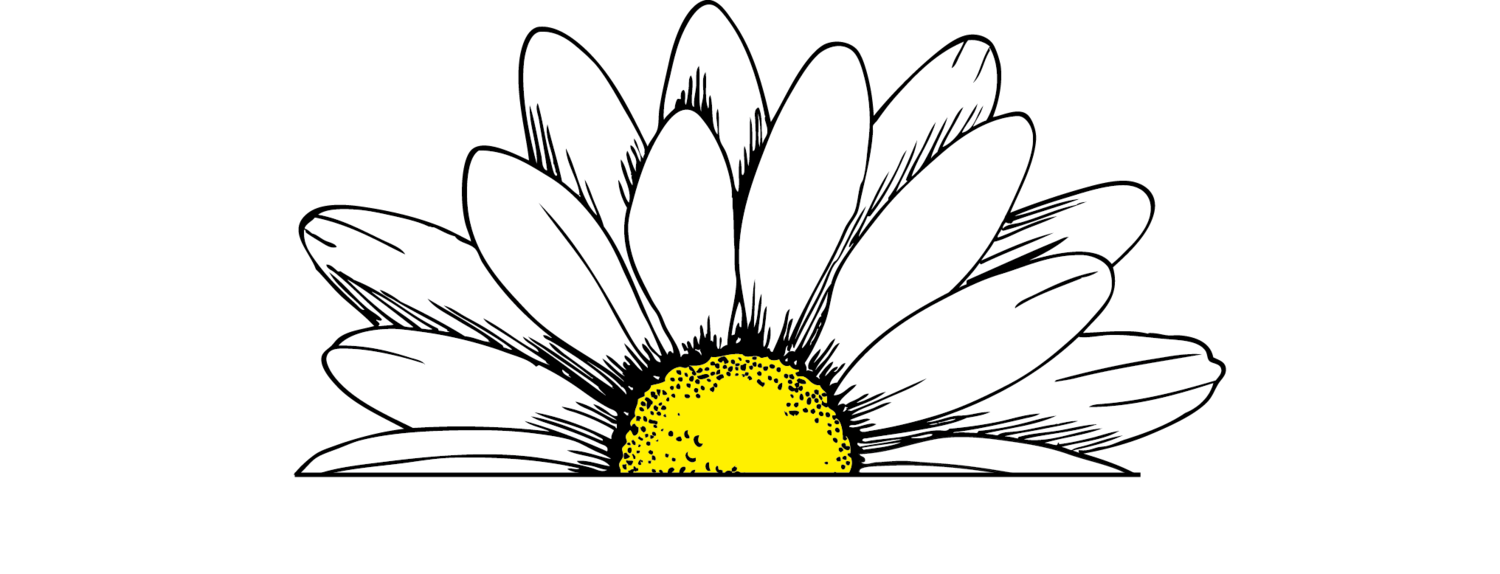The Importance of Healthy Compost
I’m a landscaper/gardener, and when planting I want what’s best for the plant. The one thing most helpful to any planting is using a healthy compost teaming with life. When compost is incorporated into our soils it’s a tremendous boost for all that is growing there. Below are some of the hero’s you’ll find in a healthy, vibrant soil and how they contribute to healthy plants.
One teaspoon of healthy soil contains billions of bacteria and fungi that bring nutrients to the roots. In that teaspoon there are 20,000 to 30,000 different genera of bacteria discovered, so far.
Bacteria were the earliest form of life on earth, appearing 3 billion years ago. A single bacterium can have 5 billion offspring in a 12-hour period if conditions are good. This rapid cycle of life and death helps to build healthy soil.
A square foot of healthy garden soil will have 10-50 earthworms, an acre will have 2-3 million earthworms. This bulldozer crew is capable of turning 18 tons of soil, per acre, per year. Soils with high earthworm populations are much richer in many of the most important plant nutrients.
There is a partnership between plant roots and fungi: Fungi attach to roots so they can feed on sugars and carbohydrates. To reciprocate, fungi reach out with their hypha to bring nutrients that otherwise the roots would not be able to reach. The hypha serves as extensions of the root system.
Some plants come into our nursery in a burlap root ball. We set them on top of the ground and cover with a bark/compost mix until they are sold. When we dig that root ball out to be planted, some of the roots have broken through the burlap into the bark/compost. This where we find white hairlike structures attached to the roots and spreading. These are hypha finding nutrients for the roots.
Most of us know the importance of nitrogen to plants and that there’s a lot of it in the atmosphere. But plants can’t use the nitrogen until its consumed by bacteria and fungi and only then can it be used by the roots. Without the soil microbes, plants would starve.
Fungi and bacteria are the primary decomposers of organic matter due to their sheer numbers. When forced into dormancy by the use of chemical fertilizers, soil becomes sterile & compacted.
Bacteria ‘poop out’ a slimy substance that allow soil particles to stick together, causing clumping. These clumps hold water and nutrients, allows oxygen to penetrate soils so microbes can breathe and keeps the soil buoyant. Next time you walk through a forest, off the paths, notice how spongy the forest floor is. It’s the work of the ‘little ones’ below our feet.
Mycorrhiza (types of fungi) have co-evolved with plants for 450 million years. 90% of all plants on earth, including all the plants we eat, would not exist without this relationship.
Chemical of any kind and rototilling will damage fungi and their many branched hyphae, breaking the bond between plant roots and soil nutrients.
Rototilling disrupts soil life, chemicals kill it.
In all my experimenting over the years I’ve settled on a compost that gives plants all they need for a healthy start. It’s a product developed at Morgan Composting called Tree & Shrub Mix. For the past 20 years it’s all I will use on my landscapes. There is consistency from batch to batch, it’s teaming with a diverse collection of bacteria & fungi and it has the perfect soil ph. of 6.5. Remember, it’s all about the plants and what makes them happy!
